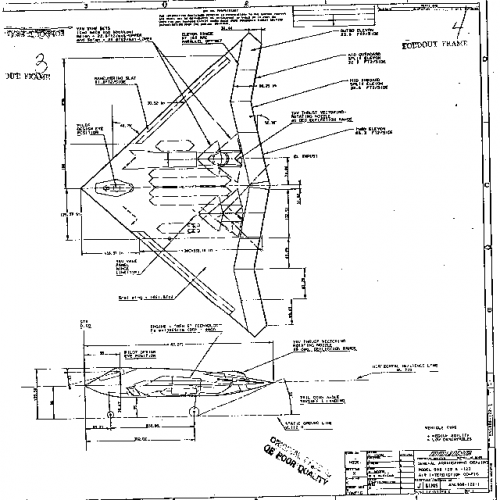- Joined
- 21 May 2006
- Messages
- 2,709
- Reaction score
- 1,624
-Northrop N-102 Fang lightweight fighter!
-Northrop keeps control of the F-18 Hornet program [as opposed to McDonnell Douglas] and derives the F/A-18A/B Hornet, with McDonnell Douglas, as well as the land-based F-18L Cobra.
Many of the foreign air forces like RAAF, RCAF and the Spanish air force purchase the cheaper, lighter, more manoeuvrable and simpler F-18L Cobra, instead of the heavier carrier-based F/A-18A/B Hornet.
Regards
Pioneer
-Northrop keeps control of the F-18 Hornet program [as opposed to McDonnell Douglas] and derives the F/A-18A/B Hornet, with McDonnell Douglas, as well as the land-based F-18L Cobra.
Many of the foreign air forces like RAAF, RCAF and the Spanish air force purchase the cheaper, lighter, more manoeuvrable and simpler F-18L Cobra, instead of the heavier carrier-based F/A-18A/B Hornet.
Regards
Pioneer

